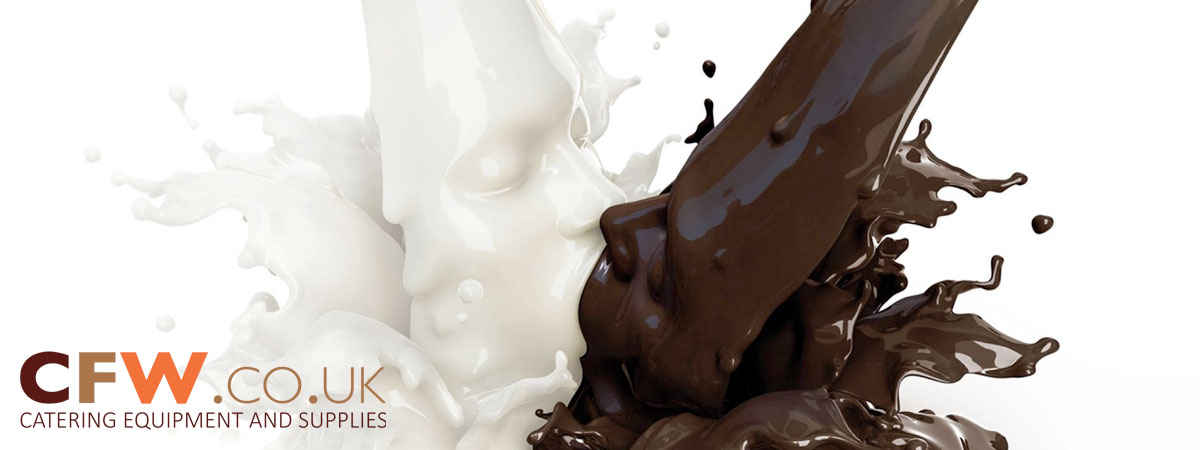
Chocolate Story Highlights
- Hershey’s uses different formula to make its domestic version of Cadbury chocolate
- People are creating a boycott. However, the boycott won’t be big enough to make a difference
Weapons of mass destruction are banned. Murderous behavior is banned. And now chocolate is banned.
The Hershey Co. has prohibited Cadbury produce made in the United Kingdom from being imported to the United States. American consumers will still be able to buy Cadbury produce made in America.
According to a New York Times article, “Hershey’s has a licensing agreement to manufacture Cadbury’s chocolate in the United States with similar packaging used overseas, though with a different recipe.” Legally, Hershey’s has a right to ban imports since it purchased the agreement in 1988.
According to a BBC report, LBB Imports agreed to stop importing British chocolates after Hersey sued. Hershey claimed there was brand confusion, that Toffee Crisp packaging looked too much like Reese’s Peanut Butter Cups and Yorkie bars too much like York Peppermint Patties. One estimate is $50 million of British chocolate is sold here yearly.
Hershey’s net sales were $7.42 billion in 2014.
I don’t think there’s much brand confusion. According to news reports, fans were stockpiling the English treats before they were sold out. (As of Saturday, there was some British candy left at World Market in Maple Grove.) Many have said they won’t buy the American version of Cadbury, which shows that Hershey probably won’t make money selling to those loyal to the British formula.
Do the two formulas taste different? A taste test by Gawker.com and a New York Times reporter said the English Cadbury tasted better.
In my family’s opinion, English chocolate tastes better, probably because of the higher percentage of chocolate in the candy. In fact, the percentage is listed in the ingredients on the back of the package overseas. Here in the United States, it’s listed only on high-end products.
That number, “percent cacao” or “percent cocoa,” references the percentage of cocoa bean product included — the more cacao, the less sugar. In America, milk chocolate is supposed to have at least 10 percent chocolate liquor. English rules state milk chocolate must have 25 percent cocoa solids, and regular quality must have 35 percent.
Chocolate is an expensive ingredient. More sugar means a cheaper and sweeter product. Perhaps Americans prefer a sweeter version, but I suspect the formulation may have to do with a profit margin.
From the point of view of this chocoholic, different brands taste better than others. I have stopped eating “chocolate-flavored” treats, ones that have replaced cocoa butter (a key ingredient in chocolate candy) with other vegetable fats. The ubiquitous milk chocolate bar tastes too sweet. I prefer chocolate that lists the percentage in big numbers on the package. And, yes, I prefer the English Cadbury.
People are protesting the change, creating a boycott. However, the boycott won’t be big enough to make a difference.
I have questions for Hershey. Why can’t Cadbury be like Coca-Cola? Americans will buy the Mexican version of the soda, made with cane sugar instead of high-fructose corn syrup. And why make this move now instead of 1988?
Hershey’s move to ban English Cadbury may or may not increase profits. If public opinion makes a difference, then Hershey has lost.
This is the opinion of Linda Larson, an Avon resident. She is the author of A Year in My Garden and Grow It. Eat It., which won the national Ben Franklin Award. Her column is published the second Thursday of the month.
